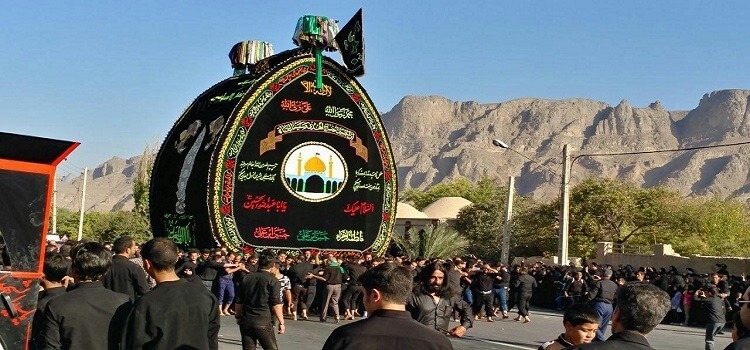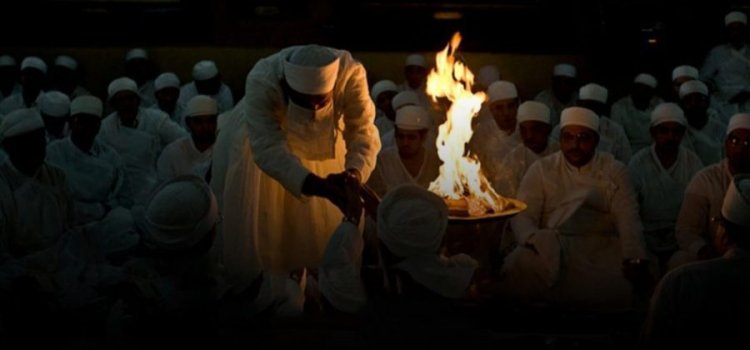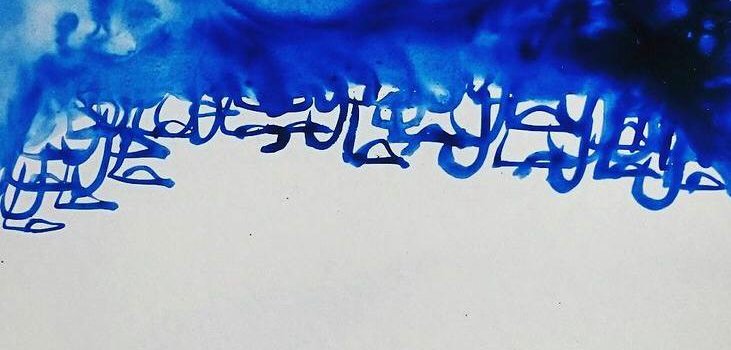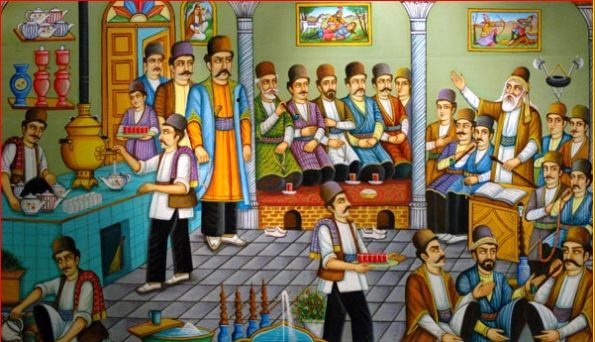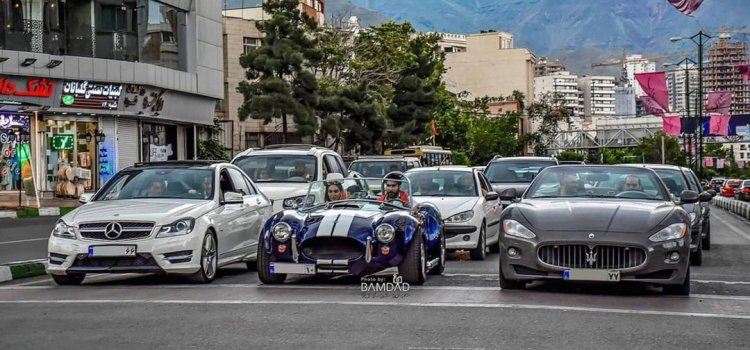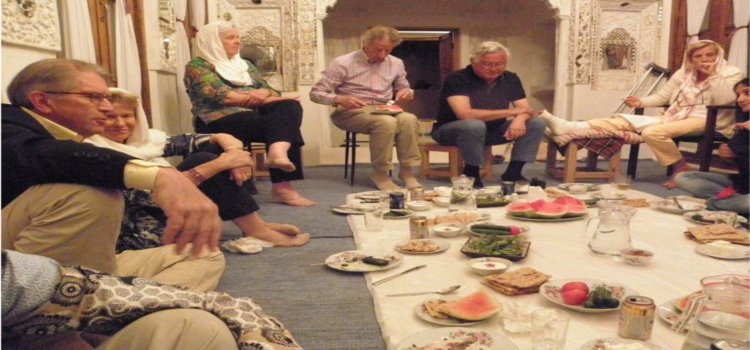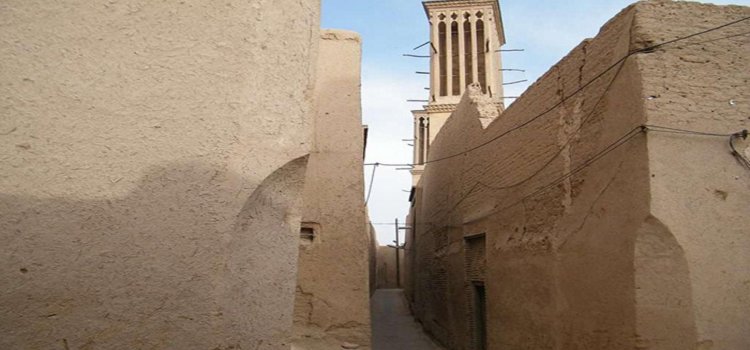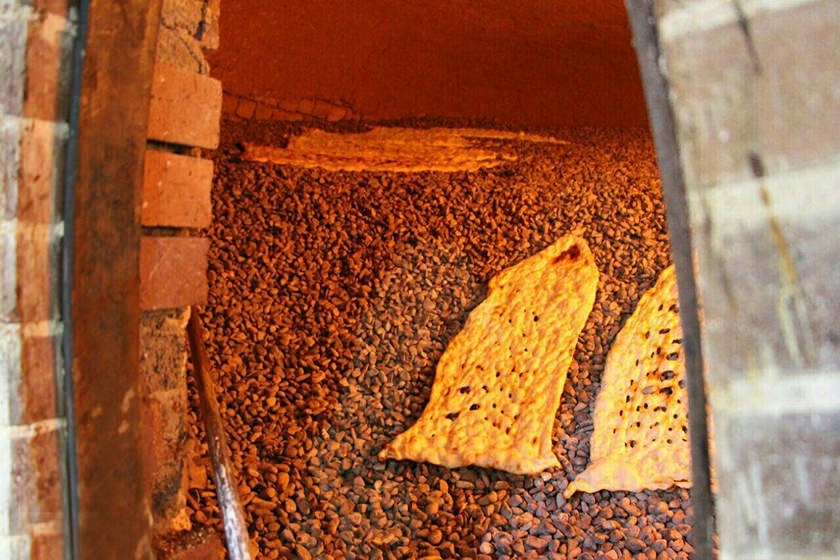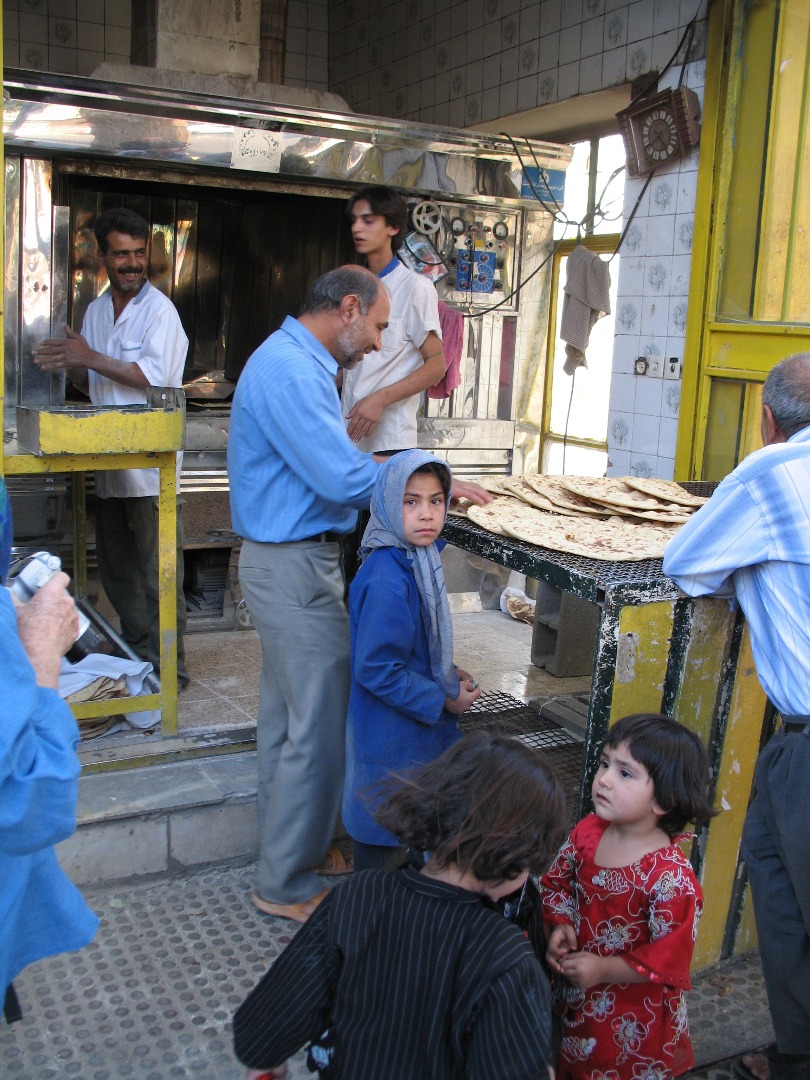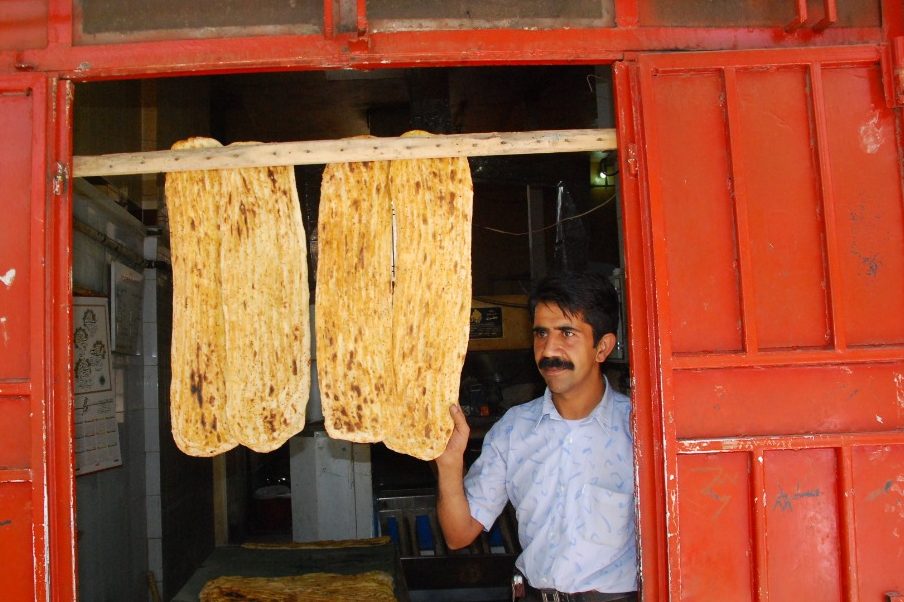Nakhl
Nakhl is a tall wooden object and because of its resemblance to the date palm tree, is known Nakhl among Iranians.
Nakhl
Nakhl is a tall wooden object and because of its resemblance to the date palm tree, is known Nakhl among Iranians. Now that you have learned the name of our bizarre object, you may be wondering what this Nakhl is good for?
As Peter Chelkowski explains, Nakhl is described as a wooden bridal pavilion, decorated with mirrors, lanterns, precious pieces of cloth and silk shawls. Sometimes, flowers and green branches are also added to Nakhl for decoration. Furthermore, it is also described as a bier to which swords, daggers, mirrors and valuable fabrics are attached.
Mostly, Nakhls are used in a ritual ceremony called Nakhl-Gardani (carrying Nakhls) in the procession of Ashura, the 10th day of the Arabic month of Muharram when Imam Hussain was killed in Karbala by the troops of Yazid, the second Caliph of the Omayyid Caliphate. Actually, the nakhl is a symbol of Imam Hussein’s coffin, carried around during his mourning ceremonies.
If you pay careful attention, Nakhl also bears a resemblance to the cypress tree, the symbol of beauty in Iran, and thus representing the beauty of Imam Hussein. The daggers and swords attached to the nakh represent the objects by which Imam Hussein was wounded and killed. In addition, mirror decorations attached to the nakhl reflect light, turning it into a glittering object, signifying the shining aura of Imam Hussein’s corpse. Mirrors reflecting the mourners also gratify their wish of identification with their wronged Imam.
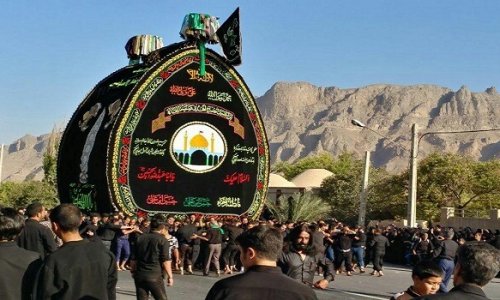
Local Food
Local cuisine
Gathering around a table in a cozy atmosphere, chating with your friends and fellow travelers while experiencing new flavors… this is also part of the trip.
In addition to the journey through space and time that you are about to live with us, you will also experience a sensory journey that will tantalize your taste buds.
What culinary wonders will you discover in Iran?
Spanning a vast geographic area and home to different ethnicities, each with their own culinary traditions handed down from generation to generation, Iran offers an astonishing variety of traditional dishes.
If you enjoy seafood and fish products, cities in southern or northern Iran offer a wide variety of different fishes as well as the renowned Iranian caviar. Do you have a preference for meat? Then you will feast on grilled meats, locally called kebab. The recipes are diverse and varied, depending on the regions, seasonings and marinades. As for the rice that accompanies most dishes, it can also be cooked in several forms and is most of the time delicately flavored with saffron or herbs. There is also a great diversity of stews, typically Iranian like Ghorme-sabzi, or Fesenjan whose flavors provided by local ingredients are unmatched. If you are a vegetarian, you will also find what you are looking for in salads, soups or stews.
We will give you a fantastic experience of all these amazing foods. Our expert guides will help you get acquainted not only with Persian cuisine, but also the culture associated with it.
You will have the possibility, if you wish, to spend an evening in an Iranian home, to discover the family cooking secrets. A warm moment of cultural sharing. An unforgettable experience!
Your Irandelle travel agency will make you discover the best tables, those where you eat the best, thus making you discover the culinary delights of the country and the associated traditions.
Social classes in Ancient Persia
Persian society was modeled on a quadripartite scheme based on the Avesta, the sacred scriptures of the Zoroastrians.
Social classes in Ancient Persia
Persian society was modeled on a quadripartite scheme based on the Avesta, the sacred scriptures of the Zoroastrians.
The categories were: priests, warriors, farmers and artisans.
The first three were each under the protection of one of the Empire’s three great sacred fires.
Azar-Faranbagh for priests, Azar-Gushnasp for the King of Kings and warriors and Azar-barzin-Mihr for farmers.
Society in the Sassanid era was hierarchical. The word caste has been applied to designate its classes. Membership in a category was hereditary and the barriers to a higher level were, in principle, impenetrable.
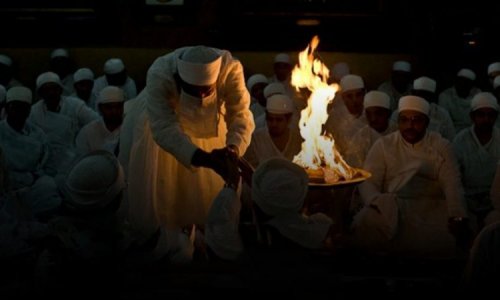
Omar Khayyam
18 May is the day of commemoration of the illustrious Hakim Omar Khayyam.
He was a philosopher, mathematician, astronomer and poet in the 11th century.
Omar Khayyam
18 May is the day of commemoration of the illustrious Hakim Omar Khayyam
He was a philosopher, mathematician, astronomer and poet in the 11th century.
He is considered one of the greatest mathematicians of the Middle Ages. Omar Khayyam is notably the instigator of the solar calendar, still used in Iran.
But his fame is mainly due to the writing of his quatrains, Rubaiyat, often cited in the West for their skepticism. They would conceal, according to Idries Shah, “mystical pearls”, making Khayyam a Sufi. He is one of the most popular and widely read Persian poets around the world.
This large audience is due to a first translation of his works into English by Edward Fitzgerald, in 1859.
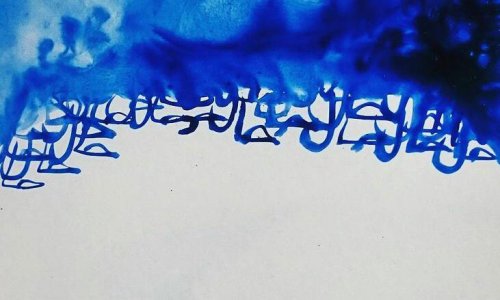
Bazaar
Stalls and shops lined up forming a spine, the economic center of cities in the Middle East. this has been called bazaar, since the dawn of time.
Bazaar
Stalls and shops lined up forming a spine, the economic center of cities in the Middle East. this has been called bazaar, since the dawn of time
A covered market, with a thousand and one entrances and alleys, airy and lighted. A setting that holds madrassas, caravanserais, schools and hammams. As it used to be a city inside a city.
A corridor where inhabitants meet, both merchants and customers.
A store, goods, there is as much food as diamonds.
Side by side, bakeries beside jewelry stores, each one to his own business,expertise and customers.
It wraps around the time and sets its course according to the currents and the surrounding environment..
The heirs are named after the parents, and the previous ones are remembered with nostalgia.
The bazaar has thousands of secrets and offers a chance to all beginners, with or without experience and money.
Don’t be surprised by the number of stalls, no competition problem, they all earn as the Omnipotent promises
History of Coffee in Iran
The history of coffee in Iran dates back to the Safavid period of the 17th century, probably a tradition borrowed from the Ottomans.
History of Coffee in Iran
The history of coffee in Iran dates back to the Safavid period of the 17th century, probably a tradition borrowed from the Ottomans.
Drinking coffee seems to have been a popular habit among Iranians before tea plants were introduced and cultivated in Iran in the 19th century.
The cultivation of tea, especially in the northern regions of the country, has gradually led to the replacement of coffee. Perhaps the subtle, sweet taste of local production has won the favor of consumers over the bitterness of the expensive importation of coffee.
The old Kahveh-Khaneh, literally coffee houses, while keeping their name, now serve tea.
The traces of coffee are still to some extent preserved in some communities such as the Armenians. Likewise, certain customs continue to exist, such as offering coffee powder at funerals to share the feeling of bitterness felt during the loss of a loved one with the family of the deceased.
After the Islamic revolution, a long list of prohibitions imposed themselves on the menu of Iranian pleasures. Alcoholic beverages and narcotics such as opium are banned; coffee, although suspect in the eyes of fanatics, escapes them and is favored by it.
Iranians have always appreciated the taste of bitterness, to such an extent that in the popular language, opium, medicine for all ailments and sorrows was called “talkhi” literally bitterness, which explains the keen interest of former consumers. of opiates for coffee in Iran.
It was not until the end of the Iran-Iraq war for a relative opening of the market and the improvement of the country’s economy in order to allow Iranians to go further in the world of flavors and gustatory pleasures, once liberated. worries of war.
Coffee and its accessories find their place among imported luxury items and “Farang” souvenirs. Iranians attribute this term to everything that comes from the West in general, it is the Iranian version of the word France.
Drinking coffee is therefore timidly done in intellectual and artistic circles looking for an ally to face intellectual rather than physical fatigue, a subject of rivalry against its infused adversary, tea.
But this time, the coffee is no longer initiated in the old Kahveh-Khaneh where it was deposed a century before.
These coffee houses have given way to a novelty: the cofee-shop. A relaxed atmosphere with modern or muted decor, background music, this is where you have to pay relatively dearly for cups of this beverage, drunk by the finesse of candle light.
An ideal refuge for young singles, away from the suspicious eyes of the street to meet and discuss the thousand and one ways to drink coffee, or other things …
The reopening of Iran’s borders after the war to foreign travelers, their strong demand for coffee consumption could be a factor in the development of trade in this seed, especially in restaurants and hotels.
Gradually, players in the coffee industry are starting to learn about this product and following increasing public demand, start importing coffee beans from Brazil and other producing countries. Instead of importing the expensive European brands, local brands appear and the roasting machines are activated imitating the European model.
The Iranian palate has a preference for Robusta and Arabica flavors, and Italian espresso brands are very popular.
Filter coffee, say the third generation of coffee, is increasingly popular with those looking for more flavor and simpler preparation.
Various exhibitions are held every year in Iran, an opportunity to keep up to date with the latest trends and current events in the coffee industry.
Today, coffee has definitely found its place in the menu of pleasures as well as in the hearts of Iranians, so much so that its bitter taste has nothing to envy to the popularity of the sweetness of tea!

Arranged marriage in Iran
Arranged marriage is a delicate question, often asked by travelers when visiting Iran, but a very cliché and often irrelevant topic for many Iranians.
Arranged marriages exist but represent only a small percentage of marriages in Iran.
Arranged marriage in Iran
Arranged marriage is a delicate question, often asked by travelers when visiting Iran, but a very cliché and often irrelevant topic for many Iranians.
Arranged marriages exist but represent only a small percentage of marriages in Iran.
Marriage is a kind of passage to adulthood and is essential if man want to position ourselves in society.
It is still a real institution.
But a problem arises thus: how do young people meet in Iran?
As co-education is prohibited at school from an early age, boys and girls evolve separately. There is therefore a glaring lack of contact.
The problems generated by this lack of diversity, this lack of knowledge of people of the opposite sex, cause a high number of divorces in Iranian society, one of the main challenges of which is the transition from a traditional society to a society modern.
Currently most marriages are based on personal choice.
Young people have the opportunity to meet and get to know each other in different forms: at the university which is a mixed space, through social networks which are widely used, through friends on the occasion of an outing or a party, in the street during a “dor-dor” where the boys flirt with the girls during a weekend drive.
Girls and boys, each in a different car, try their luck by driving around at night, to find a partner. The more luxurious the car, the higher the chances of success.
This causes heavy traffic at night on the main boulevards of the cities.
This “dor-dor” is one of the main hobbies of young people from the wealthy and middle classes, to get to know each other and start a relationship that could possibly lead to a marriage!
Window down, a phone number exchange at a red light, from the boys ‘car to the girls’ car parked next door, a nice smile from some and a flirtatious attitude from the others and off we go …
..a date at the cafe and an invitation to dinner, if the magic of love operates … if not, we do another round!
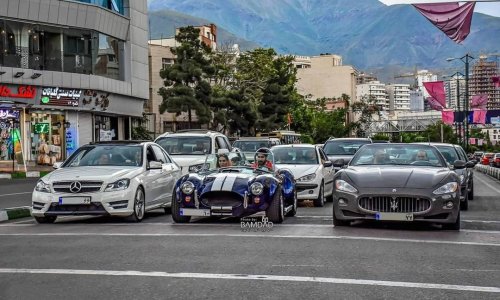
Pleasure of Iranians, traveler’s nightmare
Traditionally the Iranians eat on the floor,
by installing a tablecloth and putting the cutlery on the carpet, in the main room of the house.
Pleasure of Iranians, traveler’s nightmare
Traditionally the Iranians eat on the floor, by installing a tablecloth and putting the cutlery on the carpet, in the main room of the house.
Although the table has found its place in the daily comfort of Iranian homes, the pleasure of eating on the floor subsists and remains a beautiful tradition to be perpetuated.
The opening of many traditional restaurants in the old towns that offer this possibility is enjoying unprecedented success. The rooms of the old traditional residences are furnished, painted and often decorated with a mirror, transformed into private living rooms. It is an ideal choice for families and especially for honeymooners who seek more privacy, which allows women to be more comfortable enjoying their meals, by slightly removing their hijab.
These restaurants are very popular with travelers, curious to discover the art of living and the taste of local gastronomy through this traditional way of eating with family or in groups.
But once you ask them to take off their shoes and sit on the floor, that’s another story!
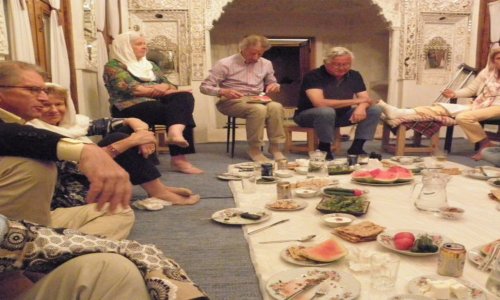
The alley of Ghahro-Ashti in Yazd
The alley of “sulk and reconciliation”
In the old town of Yazd,
there are alleys so narrow that if two passers-by pass each other, they have to stand to the side so that they can pass without jostling each other.
The alley of Ghahro-Ashti in Yazd,
The alley of “sulk and reconciliation”
In the old town of Yazd, there are alleys so narrow that if two passers-by pass each other, they have to stand to the side so that they can pass without jostling each other.
If two people were shunned, their friends would intervene to reconcile them.
On the one hand, his friends take one towards the trap by coming back to the subject and interpolating it on the causes of conflict. Likewise (by the same trick) , just time to cross, one push towards each other to force them to kiss to end the quarrel (of course during the joint walk they try to calm them and justify the action of the other).
It’s not always that easy … the result was sometimes catastrophic, refusing and trying to walk away…
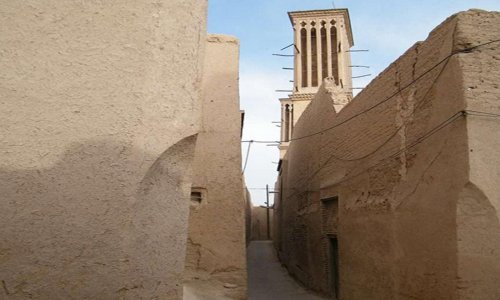
Bread, the iranian staple food
For thousands of years, wheat bread has been the staple food of people living in the Iranian plateau.
Despite the introduction of several new food ingredients, it still is the most abundant food on the table and accounts, on average, for 70% of daily caloric intake.
Bread, the iranian staple food
For thousands of years, wheat bread has been the staple food of people living in the Iranian plateau. Despite the introduction of several new food ingredients, it still is the most abundant food on the table and accounts, on average, for 70% of daily caloric intake. This is why Iranians consider bread as god’s blessing and wasting it is quite unacceptable.
Generally, there are two major baking methods: oven or tray. The former is mostly used in cities and villages and the latter among nomads.
There are four main types of bread in the cities: Taftan, Lavash, Sangak, and Barbari. The first two are thin and flatbread and are the most consumed within Iranian Society due to their more reasonable prices. But if you are looking for the most popular, you should ask for Sangak. The leavened dough is made from specially milled flour. It is baked in an oven consisting of a sloping brick shelf covered with red-hot pebbles (literary means Sangak), which leave their imprints on the bread. You can also ask for sesame, nigella seeds, or herbs to be added to the dough before baking, for an extra amount of money.
Don’t forget to remove the left pebbles and cool the bread before putting it inside a plastic bag. read more about Nan

